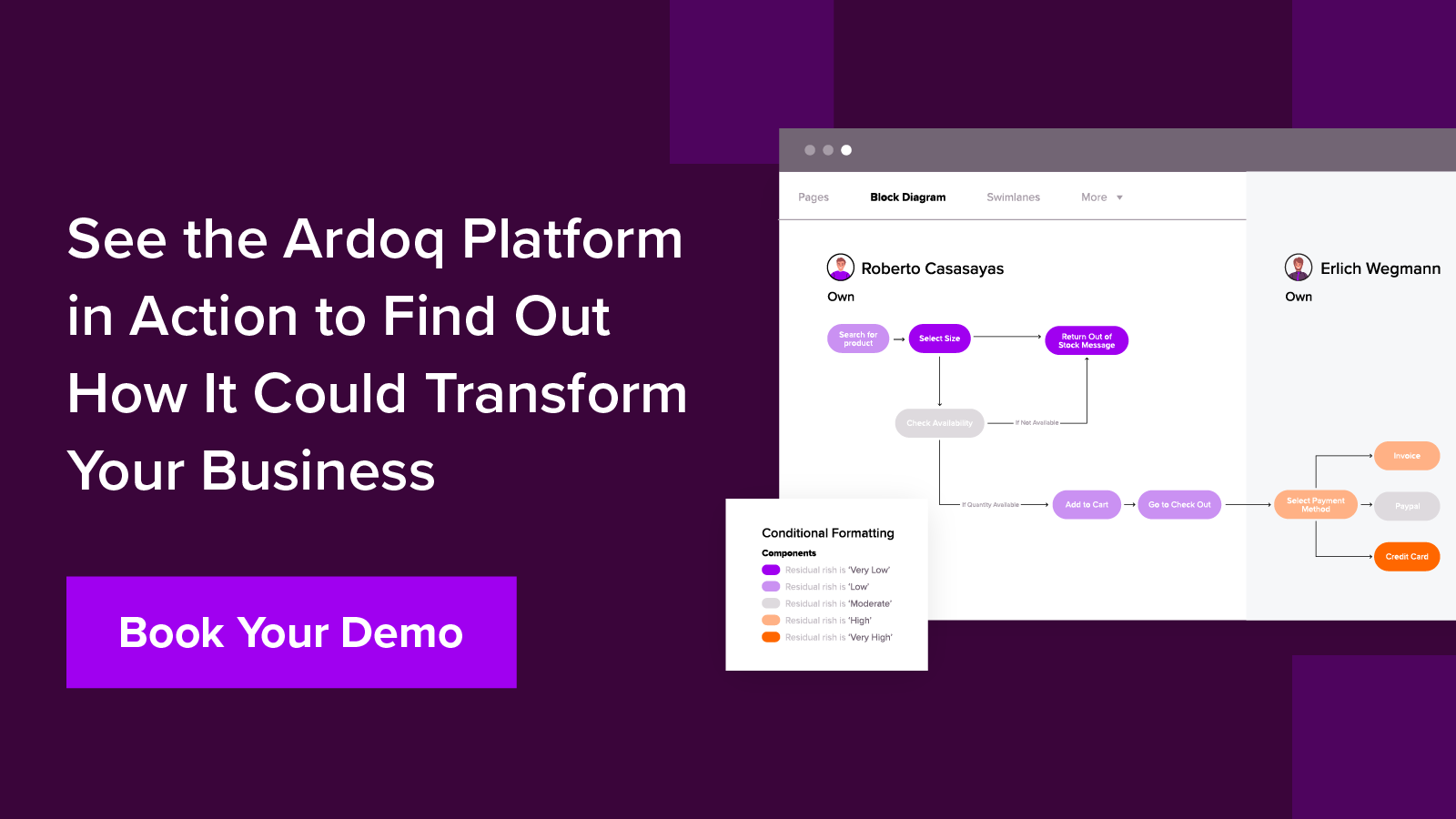The role of the Chief Information Officer (CIO) is undergoing a major shift in modern organizations, and rightfully so. IT is an integral part of driving revenue and maintaining a competitive edge, which makes the CIO a critical partner in enterprise transformation. What’s behind this evolution, and how can today’s CIOs position themselves as the digital leaders of tomorrow?
The Evolution of IT: From Cost Center to Innovation Hub
IT has long been seen as a cost center, a distinct domain operated and overseen by highly technical experts in data processing. The IT departments were often only roped in to initiatives at the last stages for execution. This made some sense, since their operational role made their main mission to deliver new IT systems and maintain existing ones reliably.
However, IT now operates daily in everything function in an organization, from F&B and fashion, to large-scale B2B manufacturing. Businesses need to effectively leverage the potential of IT in uncovering new value and driving efficiency to stay ahead of the competition. IT’s functions and knowledge are vital to achieving business goals and driving revenue. Involving IT in projects early on is critical in strategic planning for the overall organization. The evolution and massive potential of IT also means a substantial change in the CIO’s role in an enterprise.
The CIO’s Role: A Seat at the Strategy Table
With this burgeoning of IT’s importance to business, so too has the CIO’s role grown from technical catalogue keepers for information systems to key partners in business strategy.
“40% of CEO respondents to the Deloitte survey named their tech leader as their top partner in business strategy — more than the CFO, CDO, COO, or CMO combined.”
- CIO.com, What CEOs want in a CIO: A strategic business partner
The modern CIO is a valuable partner to the business and critical to its success. Operational excellence in IT will always be important, but CIOs are now also expected to lead change initiatives and find new ways of creating value. New technologies are emerging faster than ever before, so CIOs need to be able to explore and formulate strategies that enable digital agility in their organizations and uncover opportunities for value creation.

3 Critical Elements to Successful Enterprise Transformation
With all this potential comes equal amounts of organizational challenges for CIOs. How can they begin to equip themselves with the right insights at the right time to answer complex questions for enterprise transformation and guide strategy? It boils down to mastering three critical elements: Alignment, Discernment, and Prioritization.
1. Alignment of Information and Organization
Being able to get a detailed data-driven overview of how business and IT fit together in the organization is one of the biggest challenges most CIOs face and the critical foundation for strategic success. Organizations often fail to get an effective overview and so subsequent initiatives often perform poorly or are executed inefficiently, unable to account for the complex interconnected dependencies of business capabilities and technology.
Even when some organizations have an overview on hand, it’s usually manually documented and quickly out of date. The reliance on static and manual approaches means maintenance is tedious and resource-intensive. It’s a dynamic problem that requires a dynamic solution and tooling that can keep pace with the rapid rate of change.
Another fatal misstep is when technology teams become overly beholden to frameworks, making documentation laborious and disconnected from the business’ problems. CIOs and digital leaders don’t have capacity for these types of shortcomings. They need to become better at communicating what issues and business questions they are trying to address so that their teams zero in on the most relevant information.
That said, the problems do not only lie within IT and the struggle to align business and IT cannot rest solely on the heads of technology teams. They do not have the resources or the competencies to micromanage a whole organization. Instead, for alignment to be sustainable, experts throughout the organization must be able to own their parts of the data and contribute to maintenance efforts.
2. Discernment: Cutting Through Data Clutter to Get Actionable Insights
When the many challenges of aligning business and IT are overcome, what comes next is getting actionable and relevant insights. If technology teams have been briefed correctly with clear business objectives, the overview gained should empower the CIO with insights into reducing IT costs, areas of improvement, and identifying information gaps where further insight can be added to the business-IT alignment picture.
This interconnected understanding can be used to derive greater insights to address a variety of challenges the enterprise might face, internal and external, such as:
- Budget cuts
- Mergers and acquisitions
- Resource optimization
- Cybersecurity breaches
- Recessions
- Pandemics
- Disruptive new competitors
- Supply chain disruptions
3. Prioritization: Understanding the Most Effective Use of Limited Time and Resources
The final step to master builds on the overview and insights mastered in the previous two steps to ensure an organization is effective in aligning its strategy to execution. It sounds fundamental but is incredibly hard in practice.
“95% of a company's employees are unaware of or do not understand its strategy.”
- Kaplan
To be successful with execution, research has shown that companies need to:
- Define clear objectives that align throughout the company down to initiatives
- Define the measurable benefits of these objectives
- Appoint people that are accountable for delivering those benefits
- Regularly review objectives as the business context changes
The formula for success sounds simple, so what’s the catch? The catch is having the right insights and overview in place to prioritize effectively.
Companies always struggle to determine the most effective use of limited time and resources. The CIO can offer much-needed data-driven insight into the cost, benefit, risk, and possibilities of each potential initiative. With this knowledge, more effective decisions can be made about which projects to prioritize and when.
For a quick overview of techniques for implementing each step, read The CIO's Guide to Enterprise Transformation.
Lead Your Organization Into the Future
The steps outlined here are just very succinct snapshots of what it will take for a CIO to grapple with enterprise transformation. The role they play has never been more crucial, but they shouldn’t do it on their own. The strategic role they play will only continue to become more important as enterprises continue on the path of modernization and digital transformation.
Business and IT must find better ways of collaborating to take full advantage of technology because the critical differentiator in enterprise transformation is how the work happens. Innovative tools bridge that gap faster and easier, taking business execution to the next level.
See how Ardoq empowers the CIOs of tomorrow.






/Logos/Ardoq/RGB_Ardoq_Logo_Stacked_White_Monochrome%201.png?width=80&height=77&name=RGB_Ardoq_Logo_Stacked_White_Monochrome%201.png)


